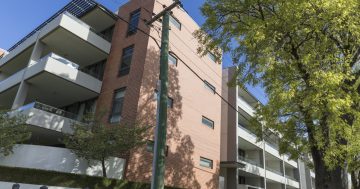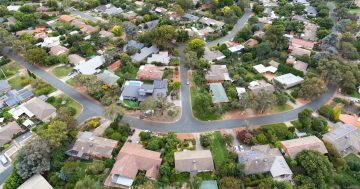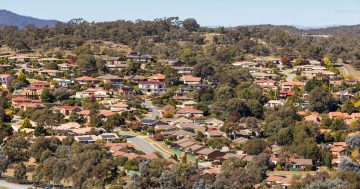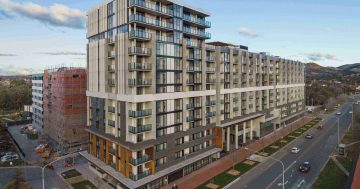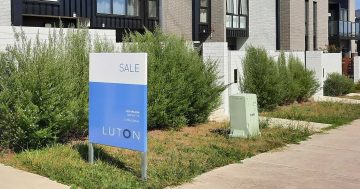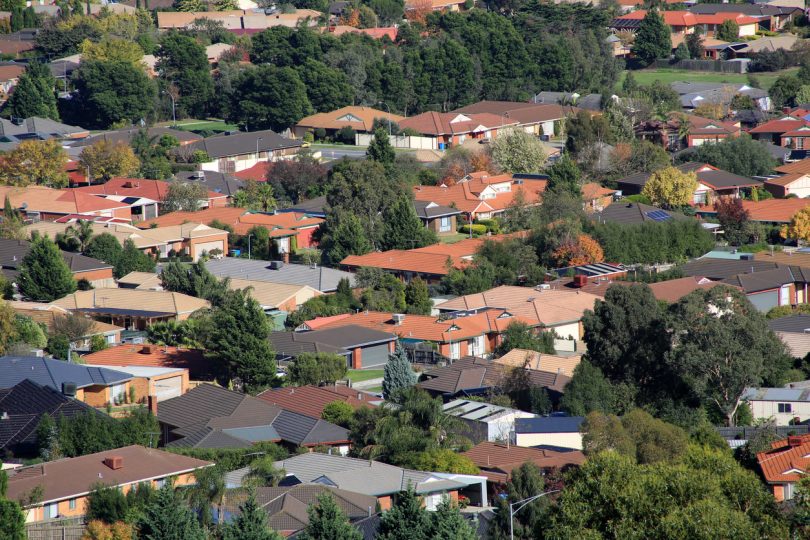
Too hard: As the squeeze hits, first-home buyers are being encouraged to look past houses to the cheaper apartment market.
The credit squeeze brought on by the banking Royal Commission is buffeting the Canberra housing market with a new report showing the ACT suffered the largest quarterly fall in the number of home loans in the country, with first home buyers particularly hard-hit.
Potential home buyers are finding it increasingly harder to get finance with the Adelaide Bank/REIA Housing Affordability Report finding the number of ACT loans (excluding refinancing) in the September quarter falling to 2215, a decrease of 7.8 per cent over the quarter and 13.4 per cent over the year. Nationwide, the quarterly decline in the number of new loans was 4.8 per cent.
For first-home buyers, the number of loans fell to 524, down 2.6 per cent over the quarter but 23.7 per cent over the year.
Average loan sizes also decreased – to $397,144 overall, down 3.5 per cent over the quarter but an increase of 10.1 per cent over the year, and for first home buyers to $320,300, a decrease of 4.5 per cent over the quarter but an increase of 10.3 per cent compared to September last year.
The report found that affordability increased slightly over the quarter but was down compared with September last year. The proportion of income required to meet loan repayments fell to 20 per cent, down 0.9 percentage points over the quarter, but rose 1.5 percentage points over the year, with the proportion of income required to meet monthly loan repayments increasing by 1.5 percentage points over the past year.
Despite a fall-off in lending, home prices in Canberra continue to buck the downward trend gathering pace in Sydney and Melbourne with the latest CoreLogic report showing annual growth to 30 November at 4.1 per cent, with median dwelling price at $596,141.
House prices were up 4.6 per cent ($668,925) while units rose 2.1 per cent at $438,695. Over the month, houses were up 0.8 per cent and units down marginally by 0.1 per cent.
The combination of a credit squeeze and rising prices in the ACT was making an impact.
Peter Blackshaw City & Inner North partner Tony Trpeski said the market had changed literally in the past six weeks with the banks making it harder to obtain finance. While the appetite was still strong, the ability to pay was not like it was three, six or 12 months ago.
Homes were still selling and prices holding up due to Canberra’s strong economy but sales were taking longer and he was seeing more parents accompanying first-home buyers, because they were providing a deposit or some form of financial assistance.
He believed first-home buyers needed to lower their sights and target the apartment sector where there was more choice and less expense.
“It’s a good way to start on the property journey, rather than trying to compete and getting disheartened,” he said.
“The mentality of first-home buyers needs to change a little bit if they want to stop renting and get on that property ladder.”
REIA President Malcolm Gunning said the decline in first home buyers was symptomatic of the credit squeeze that was emerging. “While APRA’s restrictions were designed to curb high-risk lending practices, the current practice of reducing loan amounts and increasing approval times across the board is becoming a constraint on economic growth,” he said.
For renters, the situation remains grim with Canberra the tightest market in the country where strong rental demand hasn’t been accompanied by a sufficient rise in supply, says CoreLogic. Rents rose 6.9 per cent rise over the year to 30 November, and with properties moving into the short-term pool, they could go even higher.













